The Future of Language Teaching with IoT
Chosen theme: The Future of Language Teaching with IoT. Step into connected classrooms, sensor-rich cities, and wearable feedback that make speaking practice personal, contextual, and delightfully real. Subscribe and share how you imagine IoT elevating language learning.
Connected Classrooms: Sensors and Smart Spaces for Immersive Practice
Place discreet Bluetooth beacons on everyday objects—door, window, kettle—and watch phones trigger micro-lessons when students approach. Vocabulary appears in context, pronunciation clips play instantly, and quick challenges reward curiosity. Would you try a beacon hunt in your classroom or hallway? Tell us below.
Connected Classrooms: Sensors and Smart Spaces for Immersive Practice
Microphone arrays and decibel sensors monitor ambient noise, suggesting pair work, whisper dialogues, or voice projection tasks at the right moment. Teachers see real-time trends, helping them balance energy and focus without constant shushing. Have you experimented with sound cues to guide speaking practice? Share your experience.
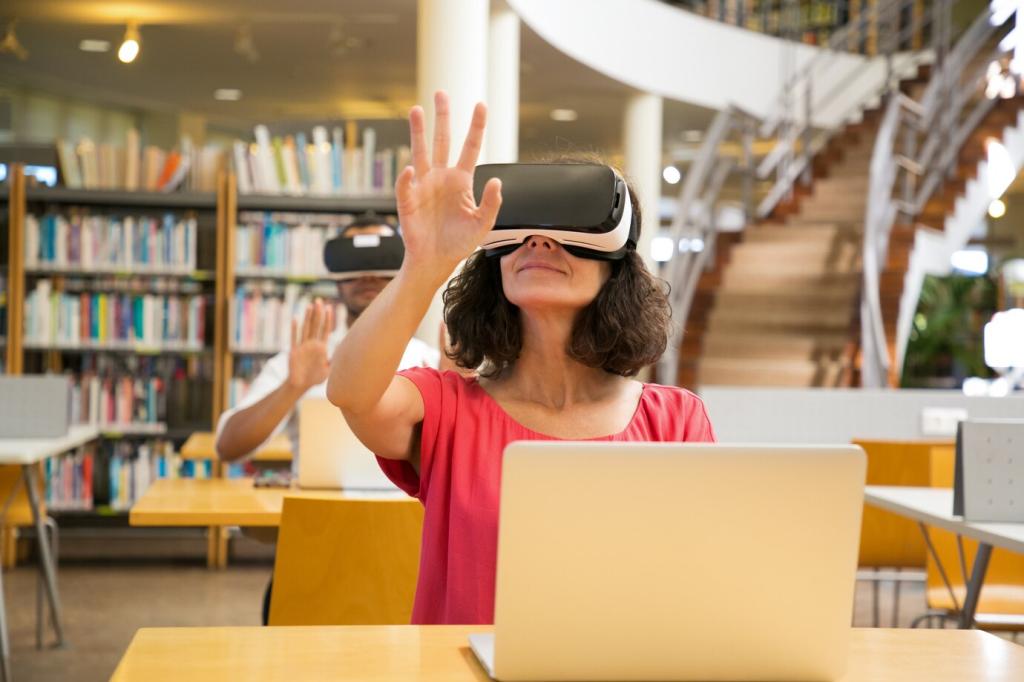

Wearables and Pronunciation: Feedback You Can Feel
A lightweight wristband can vibrate in patterns that mirror stress timing—da‑DA, da‑da‑DA—while learners repeat phrases aloud. In a small pilot, shy students reported feeling coached rather than judged, improving stress placement within two weeks. Would haptics make pronunciation practice more playful for your learners?
Wearables and Pronunciation: Feedback You Can Feel
Connected earbuds analyze incoming audio and emphasize tricky frequency bands for sounds like /θ/ or rolled r’s. They calibrate to room noise and safely limit volume, offering immediate clarity during minimal pair drills. Which phonemes challenge your class most? Comment with examples, and we’ll propose tailored earbud exercises.
Wearables and Pronunciation: Feedback You Can Feel
Aggregate, anonymized metrics summarize class‑level trends—vowel length errors dropping, consonant clusters improving—while keeping individual recordings private by default. Educators adjust activities based on patterns, not pressure. If you could see one pronunciation trend weekly, what would help you plan smarter lessons? Share below.
Citywide Language Quests Powered by IoT
In Tokyo, a teacher placed QR and NFC tags near signage to deliver bite‑sized dialogues about tickets, transfers, and directions. Students practiced functional phrases on the move, earning points for recording confident responses. Could your city’s stations, markets, or parks host similar missions? Nominate a location.
Beacons trigger bilingual audio stories near exhibits—students hear the narrative, then record a summary or question in the target language. Teachers receive a route map of interactions, turning strolls into structured speaking practice. Which museums or cultural sites would spark irresistible language stories where you live?
IoT noticeboards detect foot traffic patterns and push a friendly, localized prompt: ask a passerby about today’s weather, a favorite recipe, or neighborhood history. Consent settings keep interactions respectful. Imagine your learners practicing five micro‑conversations a week in real life—would you pilot a kiosk? Tell us why.
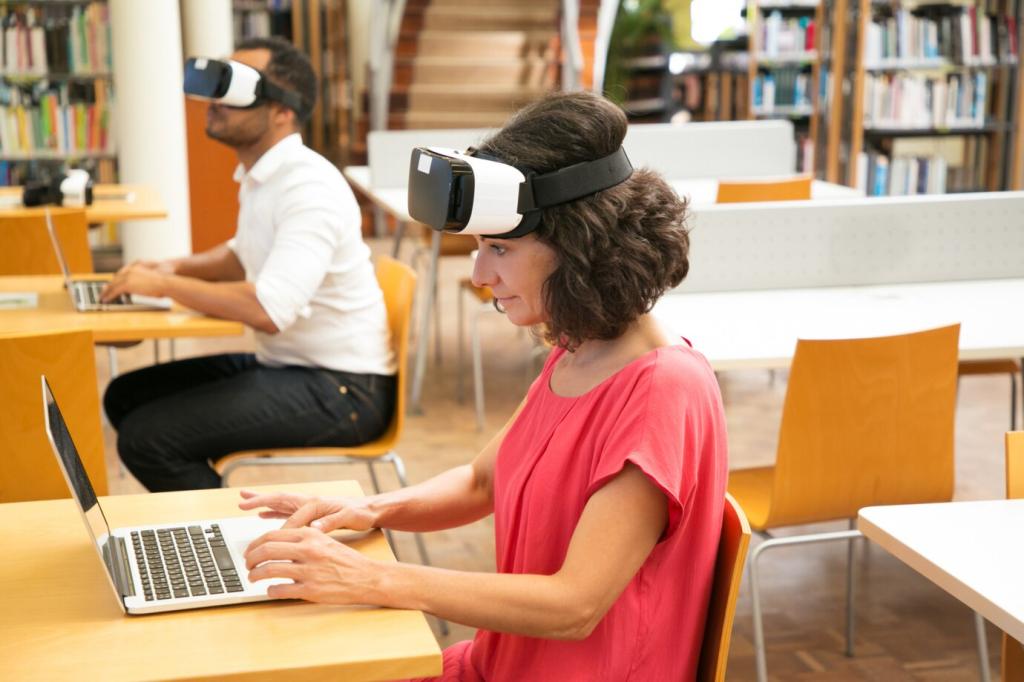
Collect only what supports learning goals—timestamps, activity types, broad error categories—while avoiding raw audio storage unless explicitly needed. Clear dashboards explain what is captured and why, aligning with GDPR and FERPA principles. What transparency practices would reassure your community most? Share your must‑haves.
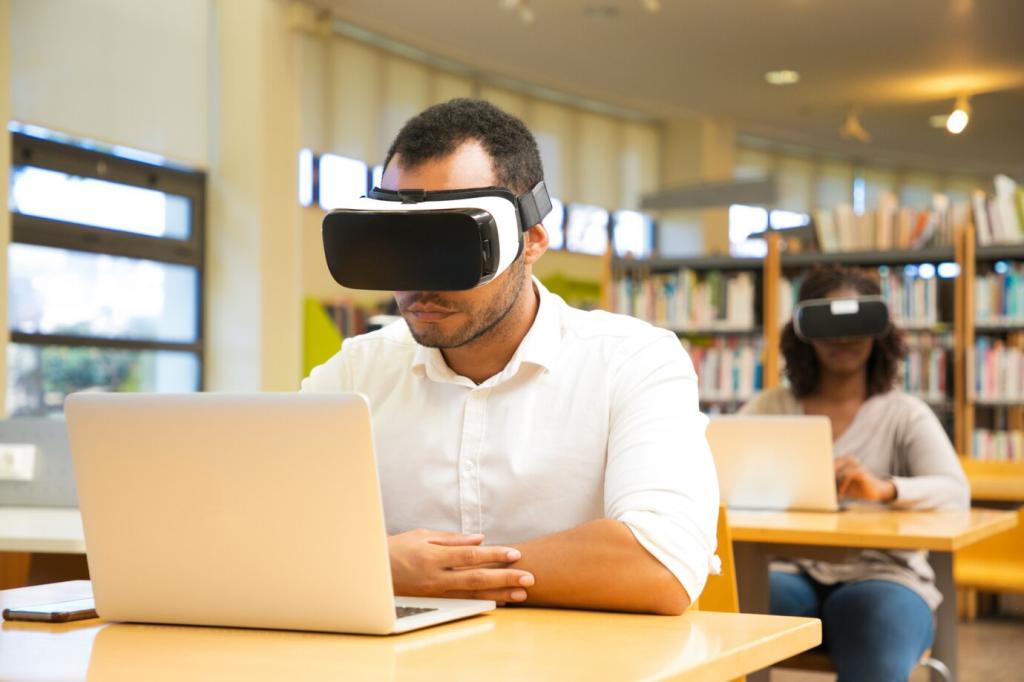

Lightweight protocols for real‑time class orchestration
MQTT and CoAP enable reliable, low‑power messaging among sensors, wearables, and classroom hubs. WebRTC supports secure, peer‑to‑peer audio for instant pronunciation checks. Interoperability means fast setup, fewer cables, and more speaking time. Which protocol stacks does your institution already use? Share to help others plan.
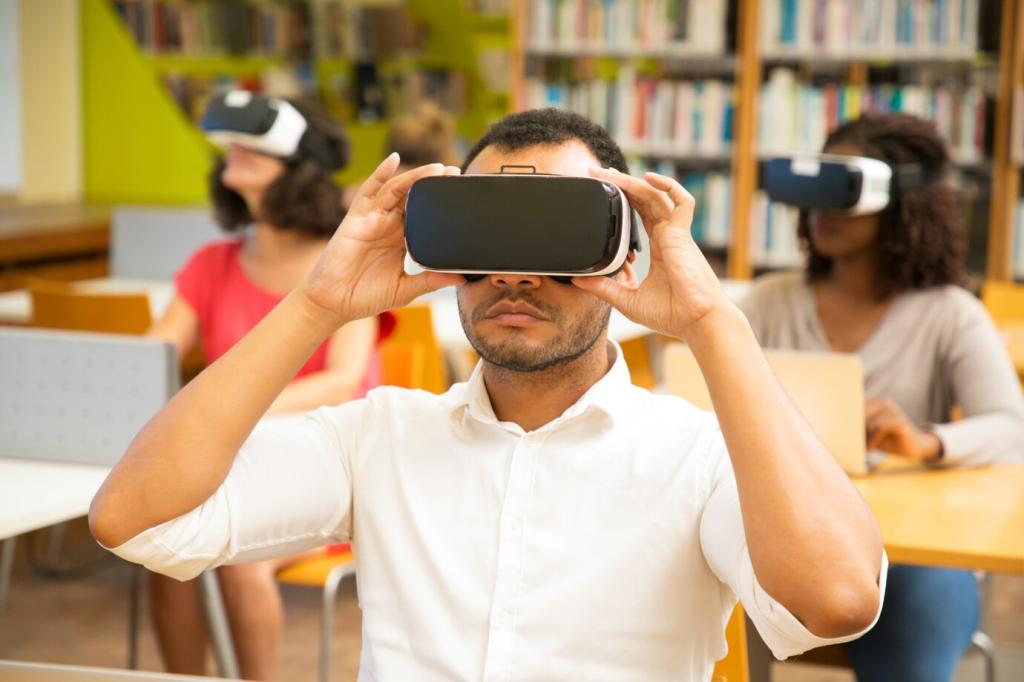
Learning records that travel with students
xAPI can capture statements like “Aisha practiced French r for three minutes with earbud feedback” across devices and apps. With careful scoping, records remain portable and privacy‑preserving. What statements would meaningfully reflect your speaking objectives? Post examples, and we’ll suggest xAPI patterns.
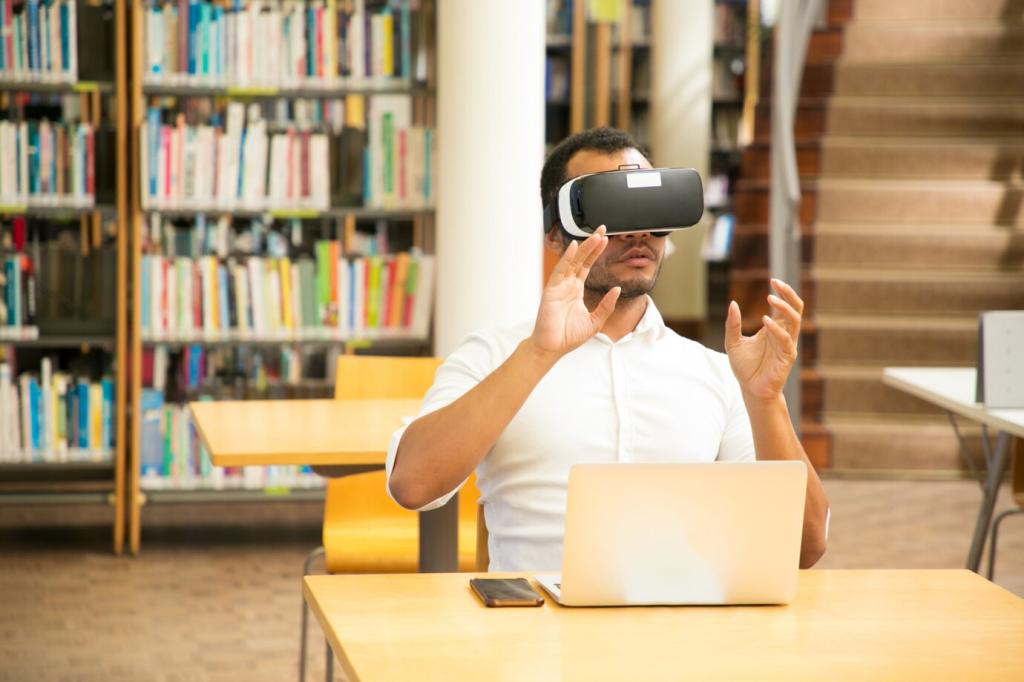
A pragmatic procurement checklist for future‑proof IoT
Demand open APIs, device‑level encryption, firmware update policies, accessibility compliance, and clear battery lifecycle plans. Pilot with diverse learners to reveal blind spots before scaling. What criteria do you wish you had enforced sooner? Drop a lesson learned to guide fellow educators.
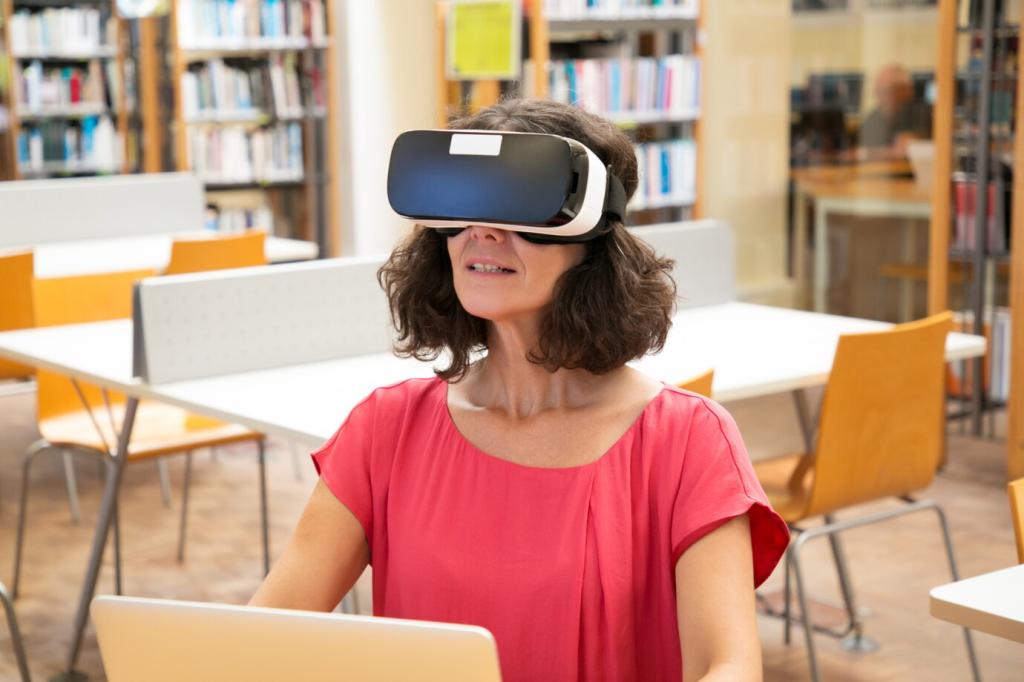
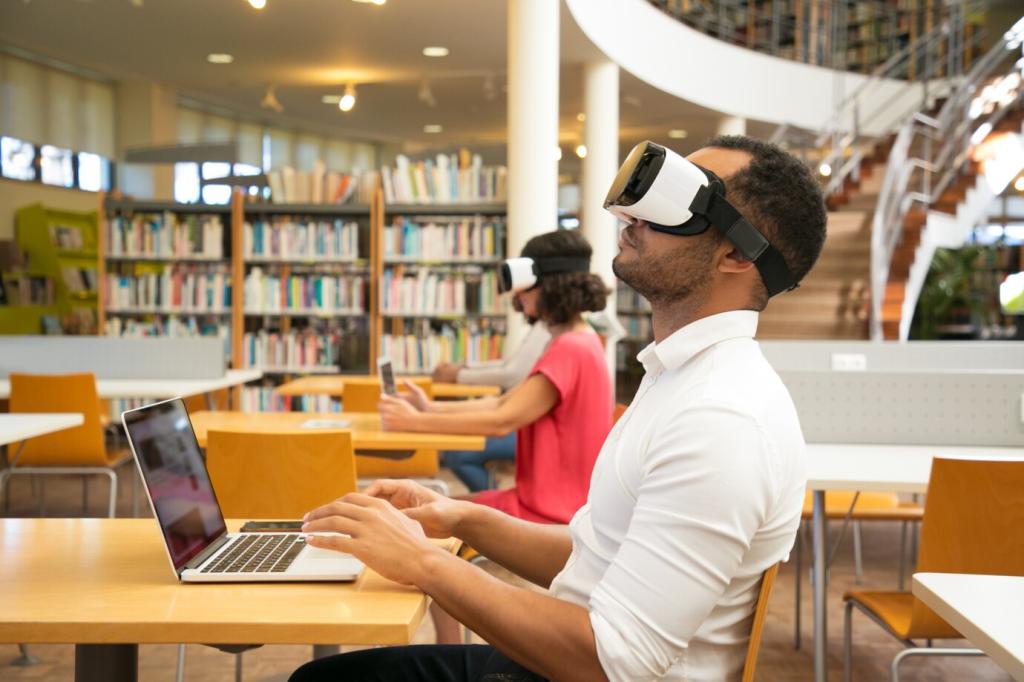
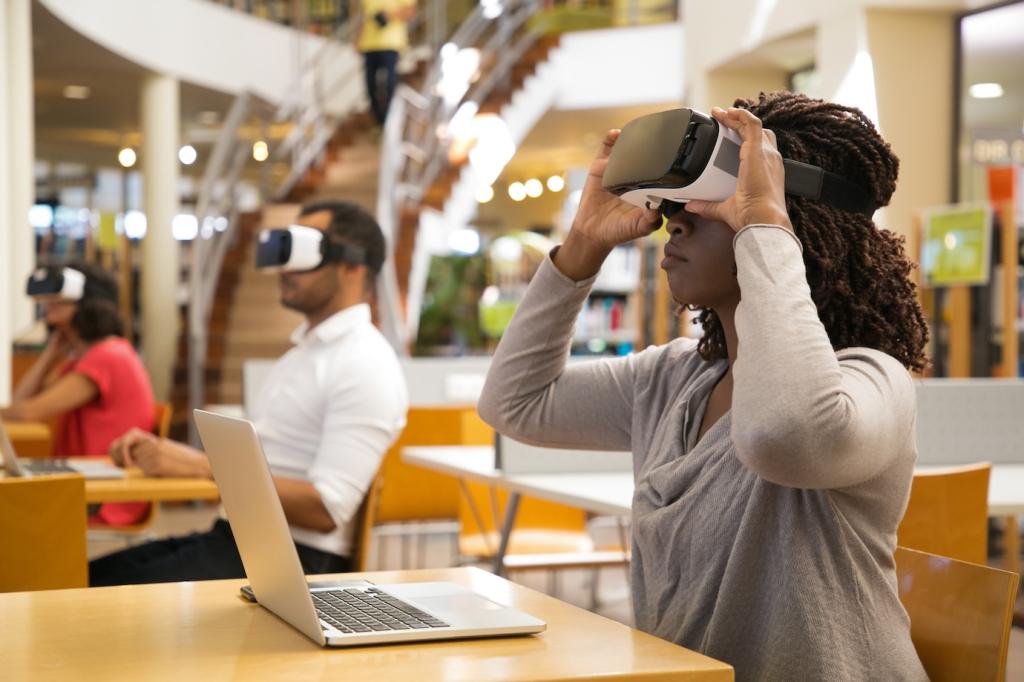

Sensor fusion for nuanced feedback
Combine microphones, cameras, and inertial sensors to infer turn‑taking, eye contact, and gesture alignment in dialogues—without storing identities. The goal is coaching social pragmatics, not scoring personalities. What communicative cues matter most in your context? Help us prioritize the next prototypes.

Inclusive design for every learner
Captioned earbuds, tactile prompts, color‑contrast displays, and voice amplification support diverse needs. IoT can personalize modality—hearing, seeing, or feeling—so more learners thrive. Which accessibility features would transform participation in your classroom? Add your wishlist and stories of what already works.
